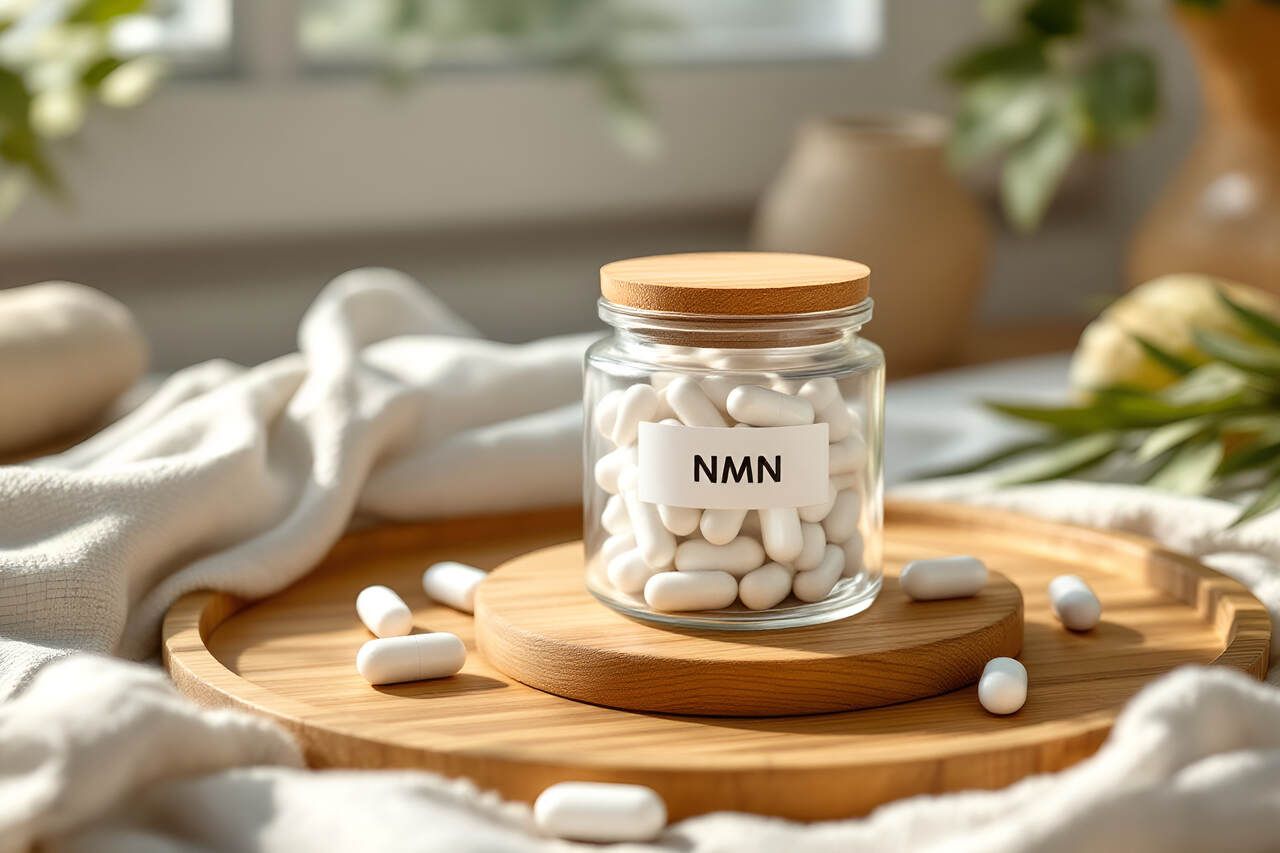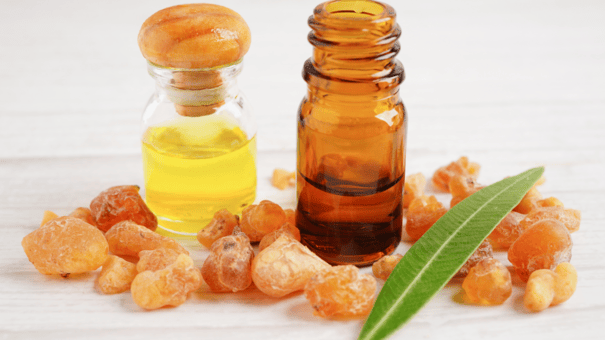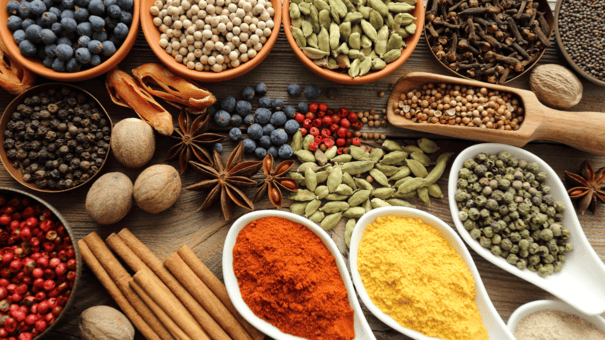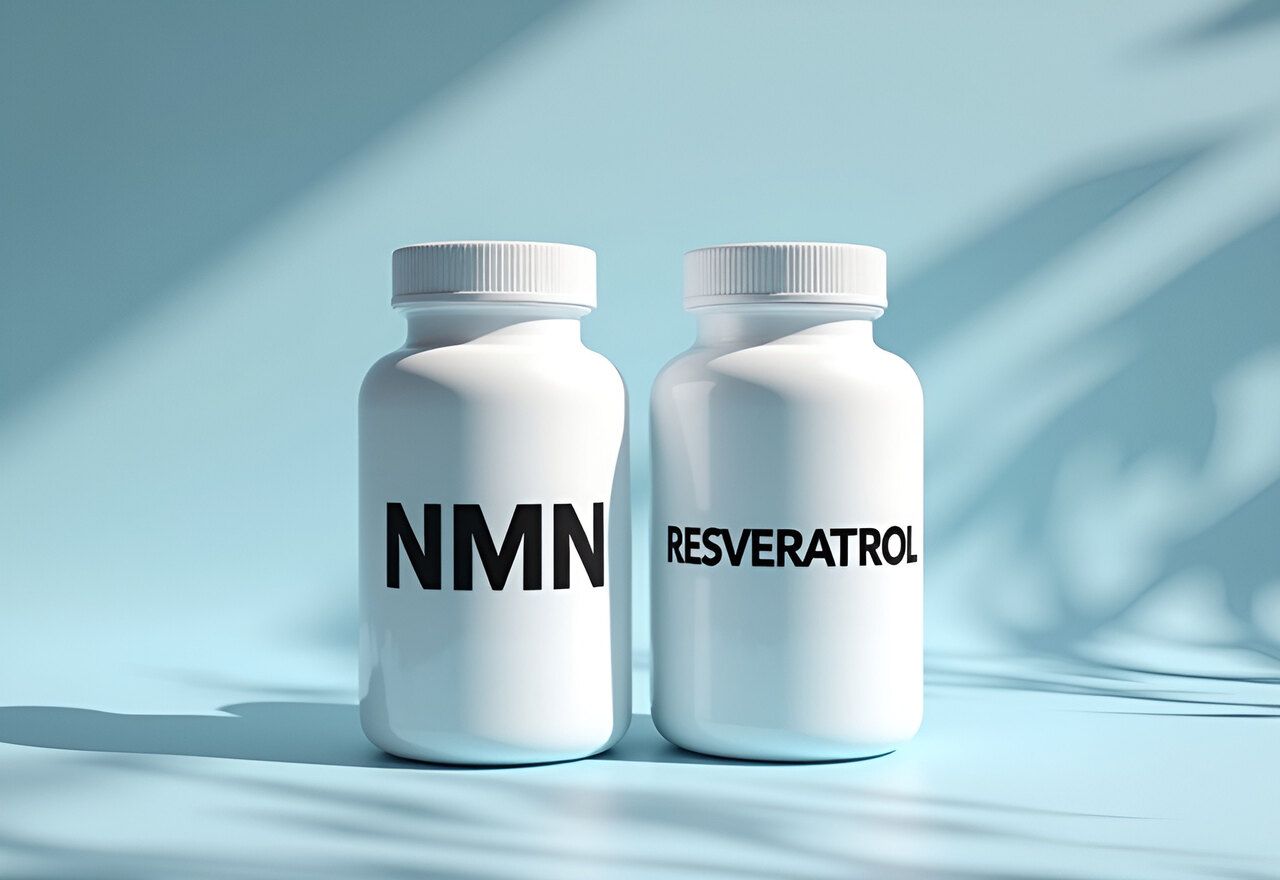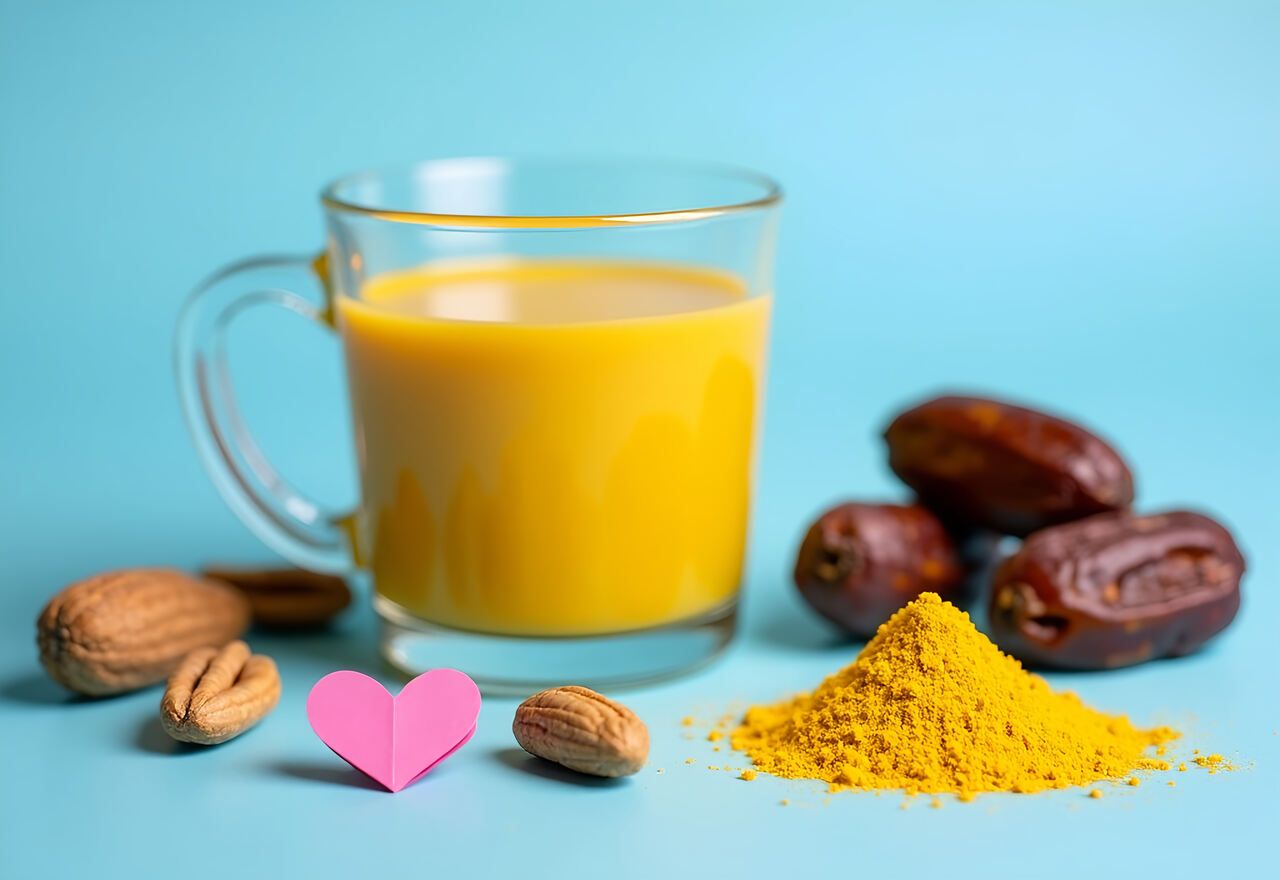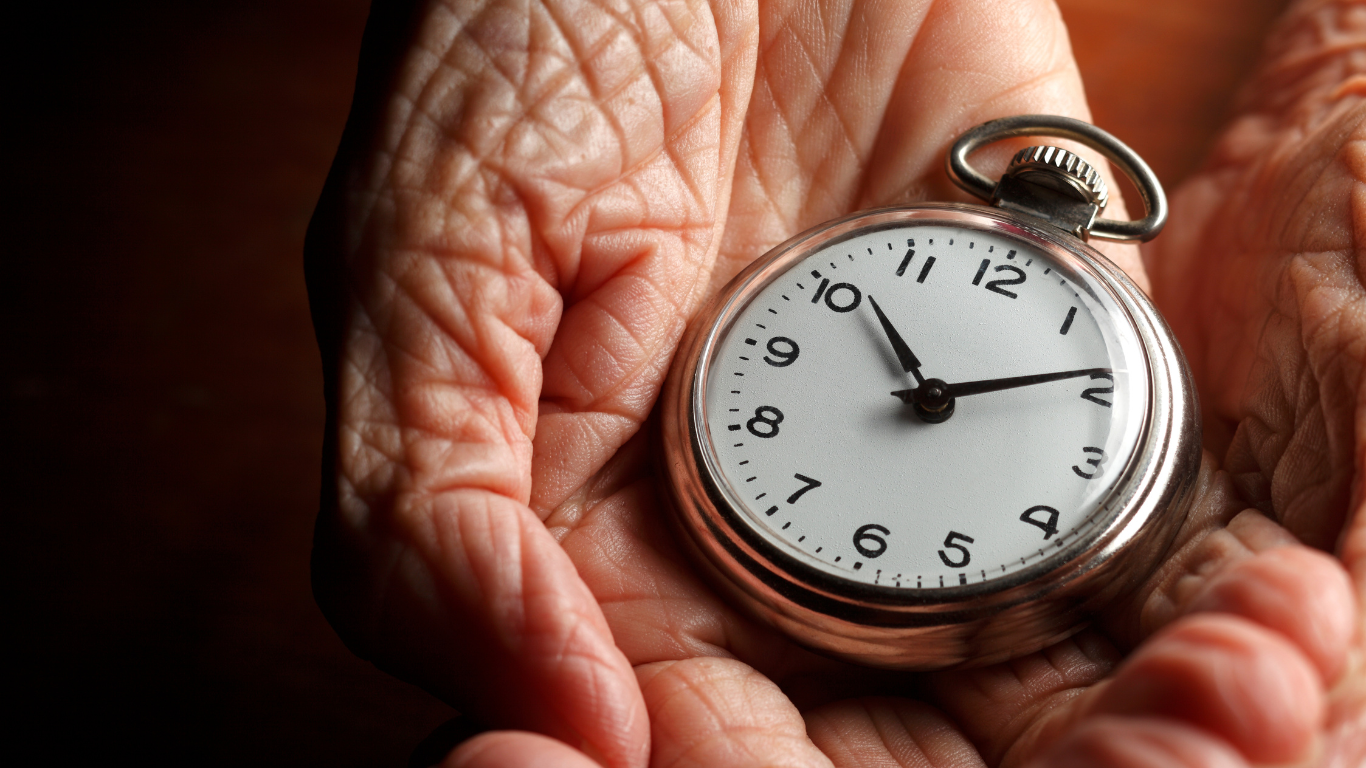How to Choose the Best NMN Supplement in 2025
Nicotinamide mononucleotide (NMN) has become one of the most promising compounds in longevity science. It’s a direct precursor to NAD+, a crucial molecule for energy production and hundreds of biological processes that keep our cells healthy.
More and more people are trying NMN supplements to support their healthspan, but there’s a problem. The market’s growing fast, and you’ll find huge differences in quality, purity, and how well these products actually work.
To make smart choices in this confusing market, you’ll need to understand what separates high-quality NMN from inferior options. This guide offers a science-backed framework for choosing an effective NMN supplement based on current research and manufacturing best practices.
Key Takeaways
- Quality NMN supplements require proper certifications, >98% purity, and transparent manufacturing—low-priced options often contain diluted or counterfeit ingredients
- Effective NMN dosing ranges between 250-1200mg daily based on current research, with lower starting doses recommended for beginners
- NMN supplements support NAD+ levels which naturally decline by about 50% by age 50, potentially affecting energy production, DNA repair, and cellular health
- Stability matters—choose NMN products in opaque, airtight containers with proper storage instructions to prevent potency loss from light, heat, and moisture exposure
Why Consider Taking an NMN Supplement?
Research shows NAD+ levels drop steadily as we age, falling by as much as 50% in some tissues by the time we reach late adulthood1.
This metabolic change isn’t the only reason we age, but it speeds up cellular damage by hindering energy production, DNA repair, and stress responses—all critical processes that keep our biological systems working properly.
NAD+ is critical for several essential cellular functions:
- Powering our mitochondria (the cell’s energy factories)
- Switching on sirtuins, the proteins that control our longevity genes
- Fixing damaged DNA
- Maintaining proper cell signaling
The main reason people take NMN supplements is to boost their declining NAD+ levels as they age. The latest research suggests NMN could be a smart addition to anyone’s health strategy who wants to keep their cells functioning optimally by maintaining NAD+.
Choosing a Quality NMN Supplement: 5 Decisive Factors
NMN supplements don’t all deliver the same benefits and their quality can vary dramatically. These five factors create an essential framework to help you identify truly effective NMN supplements that meet scientific standards and offer genuine cellular health benefits.
Manufacturing and Third-Party Certifications
When choosing an NMN supplement, go for products made in cGMP-certified facilities. These facilities follow strict FDA standards and make sure every batch is consistent and safe.
Look for brands that use third-party testing on top of their own quality checks. This outside verification confirms that what’s listed on the label is actually in the product. Some respected testing groups include NSF International, USP, and ISO-certified labs.
Pick supplements that show certification logos right on their packaging or website. These quality indicators show the maker has chosen to meet tough external standards.
Good manufacturers will happily share info about where they get ingredients, how they synthesize them, and their quality control steps. Some even provide specific test results for each batch through QR codes on the packaging.
Be ready to spend more on properly certified products, especially with NMN. The complex process to make it needs special expertise to create pharmaceutical-grade supplements without harmful byproducts that could work against the health benefits you’re after.
Add 20+ Healthy Years to Your Life
Access the same health optimization strategies used by longevity experts. Weekly insights, exclusive products, member pricing.
High Purity Standards
One of the key things to consider when choosing the right NMN supplements is purity. Look for products with at least 98% pure NMN. Good brands aren’t shy about their purity levels—the best ones will highlight when their purity exceeds 99%.
Look for manufacturers who use High-Performance Liquid Chromatography (HPLC) testing. This is the gold standard that accurately measures NMN concentration and spots impurities. Some advanced companies also use Nuclear Magnetic Resonance (NMR) spectroscopy as an extra verification step.
Try to find or ask for a detailed Certificate of Analysis (CoA) that shows:
- The exact NMN percentage
- A complete impurity profile
- Heavy metal testing results
- Microbial testing confirmation
- Batch identification
- Details about testing methods
Be careful with supplements that don’t provide this documentation, as they might contain contaminants like manufacturing solvents or cheaper alternatives such as niacin. Quality manufacturers will happily share this information if you ask or they’ll publish it directly on their websites.
Pick brands that do stability testing to make sure their NMN stays potent throughout its shelf life. This shows they’re extra committed to quality and helps ensure you’re getting effective NMN right up until the expiration date.
Effective Dosage Ranges
The best NMN products provide between 250mg to 1200mg per daily serving, the range most supported by current research. Different health goals may require different amounts of NMN, so look for brands that offer various dosage options.
Start with lower doses (250-500mg daily) if you’re new to NMN supplementation. Quality manufacturers will provide clear guidance on starter doses versus maintenance amounts, allowing you to gradually increase if needed.
Choose supplements that clearly state the exact NMN content per serving rather than proprietary blends with unspecified amounts. Some companies misleadingly list the total capsule weight rather than actual NMN content, so verify you’re getting the full dosage you expect.
Be skeptical of products recommending extremely high doses (over 1500mg daily) without scientific justification, as current research hasn’t established benefits beyond certain thresholds. Conversely, question supplements suggesting very low doses (under 100mg daily) as potentially ineffective.
Formulations and Bioavailability
NMN comes in several different forms, each with different absorption qualities and convenience factors. Keep in mind that most scientific studies have used pure NMN powder, so that’s the gold standard when looking at evidence-based supplements.
Look for products that clearly say they use the same type of NMN that’s been tested in clinical research. Be careful with new delivery methods like liposomal formulations that claim better absorption without real research to back it up—they might work in theory, but there’s not much actual study on them specifically for NMN.
Pick between capsules and powder based on what works best for you. Capsules give you exact doses and are easy to take, while powder lets you adjust your dose and might save you money. Scientists have used both types in their studies.
You might also want to look at supplements that include other well-researched synergistic ingredients. Some products combine NMN with TMG to help with methyl group donation, or NMN with resveratrol to help activate sirtuins—these combinations have at least some scientific backing.
When comparing NMN and NR (nicotinamide riboside), newer research suggests NMN might have some advantages because of specific ways it’s transported into cells, though both ultimately raise NAD+ levels.
Stability and Shelf-Life Considerations
NMN is sensitive to environmental factors, so good storage and packaging are key to keeping it potent. Pick products in opaque, airtight containers that shield against light, oxygen, and moisture—these three things speed up NMN breakdown.
Look for supplements with clear storage instructions that tell you to keep them cool and dry. Good manufacturers will tell you specific temperature ranges for best stability, usually below 77°F (25°C), and may suggest refrigeration after opening.
Glass containers generally outperform plastic for long-term storage, while desiccant packets, oxygen absorbers, or nitrogen-flushed bottles indicate attention to preserving chemical integrity.
Make sure there are clear expiration dates based on actual stability testing, not just random timeframes. Trustworthy companies run ongoing stability tests to figure out exactly how long their NMN stays potent when stored properly.
How to Spot Fake NMN
Price serves as a reliable indicator of authenticity in the NMN market. Be immediately suspicious of products priced significantly below market average—producing pharmaceutical-grade NMN involves substantial costs, making prices under $0.50 per gram a clear warning sign of potential counterfeits or severely diluted products.
Apply the “taste test” to powder formulations when possible. Genuine NMN has a distinctly bitter taste resembling vitamin B3 (niacin). If it tastes sweet or pleasant, it’s likely not pure NMN or contains additives to hide what’s really in there.
Check for misrepresented research citations that don’t actually study the specific product. Reputable manufacturers accurately reference relevant studies without exaggerating connections to their formulations.
Verify seller legitimacy through their online presence and history. Established companies have professional websites with detailed company information, transparent contact methods, and a history of customer reviews across multiple platforms.
Consider requesting third-party test results to verify questionable products. Legitimate manufacturers willingly provide these documents, while counterfeiters typically offer excuses or heavily redacted reports that obscure crucial details.
Does NMN Have Possible Side Effects?
While NMN shows a good safety profile in current research, some users experience mild side effects. Look for companies that openly mention possible effects like temporary nausea, fatigue, headaches, or insomnia instead of claiming “no side effects.”
If you’re worried about reactions, start with lower doses. Good manufacturers often suggest gradually increasing dosage to reduce initial discomfort as your body adjusts to higher NAD+ levels.
Talk to your doctor before taking NMN if you’re pregnant, breastfeeding, have liver or kidney conditions, autoimmune disorders, or cancer. Trustworthy brands highlight these precautions rather than presenting their supplements as right for everyone.
Check for possible interactions with medications you’re taking, especially those affecting cellular metabolism or immune function. Medications like metformin, immunosuppressants, or those processed by certain liver enzymes need professional advice before combining with NMN.
Keep in mind that side effects sometimes point to product quality issues rather than normal responses. Unusual or severe reactions might indicate contaminants or degraded product, so pick supplements from established manufacturers with reliable quality control.
Can You Get NMN Naturally?
Food sources have very little NMN compared to supplements. While broccoli, avocado, tomatoes, and raw beef contain some NMN, it’s only in tiny amounts—nanograms to micrograms. That’s thousands of times less than supplements, which typically provide 250-1000 milligrams.
Instead of focusing just on NMN-containing foods, look at foods rich in other NAD+ precursors like niacin (vitamin B3) and tryptophan. Good choices include mushrooms, fish (especially tuna and salmon), chicken, beef, peanuts, and seeds. These all help your body make NAD+ through natural pathways.
Don’t forget that lifestyle affects NAD+ levels too. Research shows that regular exercise, intermittent fasting, sauna sessions, and getting enough sunlight can all boost your cellular NAD+ levels. These practices might work well alongside supplements.
It’s important to have realistic expectations about diet versus supplements. While eating NAD+-supporting foods is great for overall cellular health, it’s nearly impossible to get the same NAD+ increases through diet alone that you’d get from supplements.
Potential Benefits of NMN Supplementation
Recent studies suggest NMN supplements might offer several health benefits, though human clinical evidence is still developing. Look for brands that describe these potential benefits accurately without exaggerating current findings.
Some of the most promising benefits of NMN include:
- Metabolic health improvements: Studies show NMN might boost insulin sensitivity2, glucose tolerance3, and mitochondrial function4
- Cognitive function support: Animal studies reveal promising neuroprotective effects and potential brain benefits5, with human studies underway
- DNA repair capacity: NMN helps NAD+-dependent enzymes that maintain genomic stability and cellular resilience6
- Physical performance: Early human research points to possible improvements in muscle strength7, aerobic capacity8, and recovery measurements9
- Cardiovascular function: Studies show potential benefits for blood vessel health10, blood pressure control11, and heart function12
- Cellular energy production: As a direct NAD+ precursor, NMN might help restore youthful energy metabolism in cells13
Takeaway: The Best NMN Supplements in 2025
After evaluating the critical factors that determine NMN supplement quality, it’s clear that not all products deliver equivalent benefits.
Always choose supplements that meet rigorous standards for manufacturing, purity, dosage, formulation, and stability to maximize your investment in cellular health.
For those seeking pharmaceutical-grade NMN with verified quality, Jinfiniti’s Pure NMN Powder offers >99.5% purity with comprehensive third-party testing. Each batch undergoes rigorous analysis with certificates of analysis readily available upon request.
For enhanced efficacy, consider Jinfiniti’s Vitality ↑® NAD+ Booster Powder, which combines our pure NMN with synergistic ingredients D-ribose, niacinamide, and creatine monohydrate. This research-informed formulation has been clinically validated to support optimal NAD+ levels and cellular energy production.
Good NMN supplements typically cost between $1-3 per gram, reflecting their complex manufacturing process. While you’ll pay more for premium products, they give you confidence in their potency, purity, and effectiveness that cheaper options can’t match.
Keep in mind that choosing the right supplement is just one part of optimizing NAD+. For personalized results, you should consider testing your intracellular NAD+ levels to establish a baseline and monitor improvements.
Jinfiniti’s Intracellular NAD® Test reveals your actual NAD+ status to help fine-tune your supplement strategy using our T-A-O (Test, Act, Optimize) approach.
In the end, the best NMN supplement maintains strict quality standards, provides evidence-based dosages, and helps you see measurable improvements in your health and longevity goals.
Referenced Sources
- https://pmc.ncbi.nlm.nih.gov/articles/PMC7442590/ ↩︎
- https://www.nature.com/articles/s41392-021-00723-z ↩︎
- https://www.mdpi.com/1422-0067/22/24/13224 ↩︎
- https://pmc.ncbi.nlm.nih.gov/articles/PMC6171817/ ↩︎
- https://link.springer.com/article/10.1007/s11357-020-00165-5 ↩︎
- https://www.nature.com/articles/s41598-020-57506-9 ↩︎
- https://pmc.ncbi.nlm.nih.gov/articles/PMC9158788/ ↩︎
- https://pmc.ncbi.nlm.nih.gov/articles/PMC8265078/ ↩︎
- https://pmc.ncbi.nlm.nih.gov/articles/PMC11426247/ ↩︎
- https://pmc.ncbi.nlm.nih.gov/articles/PMC4854911/ ↩︎
- https://www.nature.com/articles/s41598-023-29787-3 ↩︎
- https://insight.jci.org/articles/view/93885 ↩︎
- https://pmc.ncbi.nlm.nih.gov/articles/PMC7238909/ ↩︎
